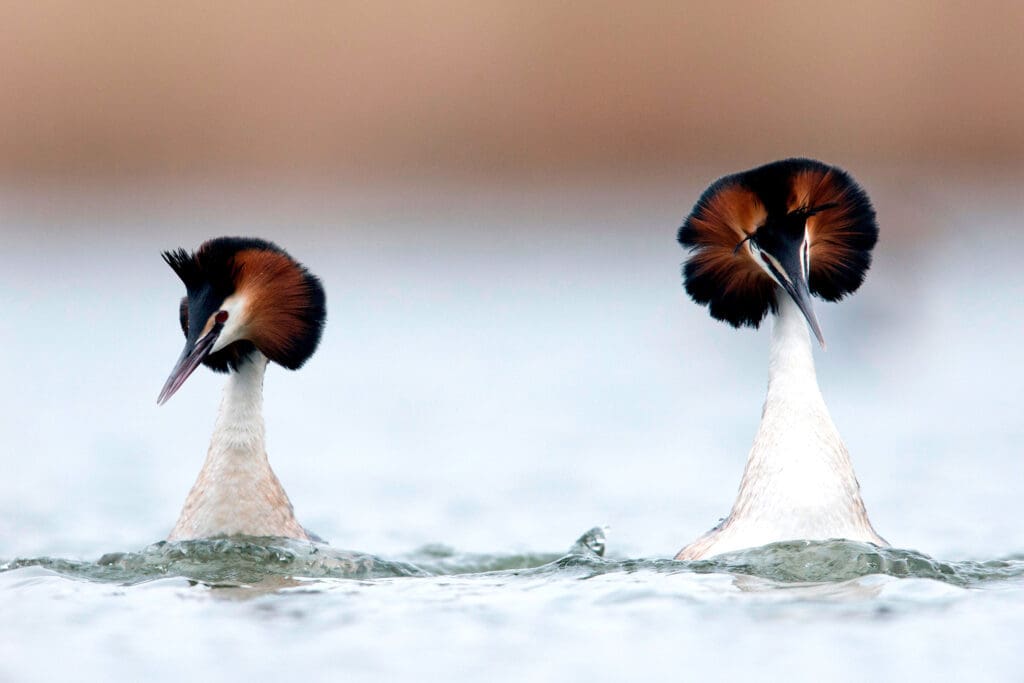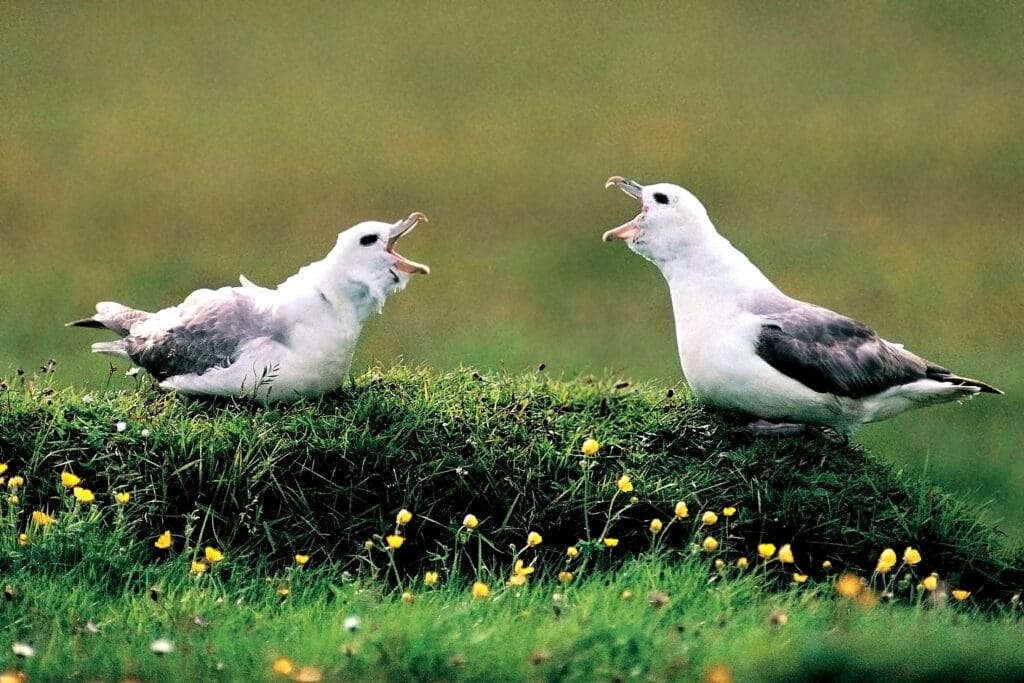My first Hoopoe
It’s 17 April 1988, and I’m 12 years old. Our Young Ornithologists Club (YOC) group has just finished a wonderful trip to Dungeness in Kent, the RSPB’s oldest nature reserve. Thanks to our brilliant group leader and helpers we’ve seen a great selection of recently arrived spring migrants, including Redstart, Wheatear and Swallow. Somehow the leader has got word of an exciting bird, a Hoopoe, on Denge Marsh, next to Dungeness. We pull over in our various cars and there are already plenty of keen birders gathered along the roadside, looking across some army land, waiting for the bird to move into view. “It eventually did, to the clicking of cameras and whirring of video cameras. It was beautiful – its crest was lowered as it strutted around like a Peacock.” I write in my bird diary that evening.
The Hoopoe was one of two or three exotic-looking, colourful creatures at the back of my bird books that I’d always dreamed of seeing. The bird’s Latin name made it sound even more magical to me: Upupa epops! Nearly forty years later, I’m still captivated by the Hoopoe’s beauty, that three note “oop-oop-oop” call and the idea that one might someday make a special guest appearance and brighten my day. Whenever a Hoopoe visits my corner of the world, I try to see it, and I’ve been lucky in this respect over the past few years.
Hoopoe tales
I’m not the only Hoopoe fan. For centuries this bird with its glamorous looks and curious habits has fuelled the imaginations of artists, poets, and writers. There are images of Hoopoes in the ancient tombs of Crete and Egypt. They’re mentioned in the Bible and Qur’an. A Hoopoe is said to have carried messages between King Solomon and the Queen of Sheba. In Greek mythology, King Tereus was turned into a Hoopoe by the Gods.
The extraordinary crest of the Hoopoe, according to Persian folklore, came about when a woman was disturbed while combing her hair. Embarrassed that her father-in-law had entered the room while she was in a state of undress, she turned into a bird while the comb was still sticking out of her hair, and flew way.
Even the Brothers Grimm wrote about Hoopoes. In the story they tell, the Bittern and the Hoopoe were once farmers. The Bittern’s herd of cows, grazed on rich pasture, refused to move when he called them. Meanwhile, the Hoopoe’s cows were kept on higher ground, where the grass was poor, making them too weak to stand up. And so the Bittern always seems to call, “come, cows, come” while the Hoopoe, attempting to move the herd, cries, “up, up, up”!
Hoopoe singing with insect prey in its bill, in cork oak tree, Extramedura, Spain. Credit: RSPB (rspb-images.com)
Hoopoe habits
While stunning to look at, Hoopoes are infamous for their smelly nests. Would-be predators and other intruders are met with the stench of the chicks’ droppings, which are never cleared away by the parent birds. The chicks spray their poo if under attack. And the female Hoopoe can produce a strong odour from her preen gland, which has been compared to the stench of rotting meat.
So generally a Hoopoe nest is not a particularly pleasant place to be. Even more so if you’re one of the smallest Hoopoe nestlings, as scientists have recently found that the female bird will lay extra eggs whose hatchlings will provide additional food for larger chicks.
While we are frequently blessed with visits by Hoopoes – more than a hundred can turn up in the UK in any one year – they rarely stay to breed. However, a pair successfully raised three young in Leicestershire last year, the first confirmed UK breeding since 1996. We’ve seen other birds more usually associated with southern Europe begin to get a toehold here: Little Egrets and Black-winged Stilts, for example. (Watch our Wetland Arrivals webinar recording). But could Hoopoes ever become a regular breeding bird here? RSPB Principal Ecologist Malcolm Ausden has studied how birdlife in Britain could change over the next few decades. He believes this is fairly unlikely, as the Hoopoe’s range – the area where the bird is normally found breeding – is actually moving away from us.
“Hoopoe is one of a group of species associated with less intensively-managed land which, instead of increasing in numbers towards its northern range edge in western Europe (as might be expected under a warming climate) has, if anything, been declining there over the period since 1990 that significant warming has taken place,” he says.
Hoopoes were nesting along the north coast of France and Belgium in the 1980s, but by the early 2010s had disappeared from some locations towards its northern range limit in France, Belgium and Germany. Malcolm explains that while it’s not possible to say why the range of the Hoopoe is changing, agricultural intensification may well have made conditions less suitable for it elsewhere in Europe, as it has for many other birds. It is also possible that, like many long-distance migrants, it could be experiencing problems on migration and in its wintering grounds. So, while climatic conditions are probably becoming more suitable for Hoopoes towards their northern range edge, other factors appear to be overriding these likely climatic benefits.
The British Trust for Ornithology (BTO) identifies another reason reducing the likelihood of Hoopoes nesting in the UK: the lack of the bird’s preferred food such as crickets, grasshoppers and small lizards.
So for now, we’ll just have to continue enjoying the Hoopoes that “overshoot” their intended breeding ground when migrating. If you get the chance to see one, and it’s not far too travel, I’d definitely recommend it!
You might also like

Putting on a show

Comment: Finding a way forward together



